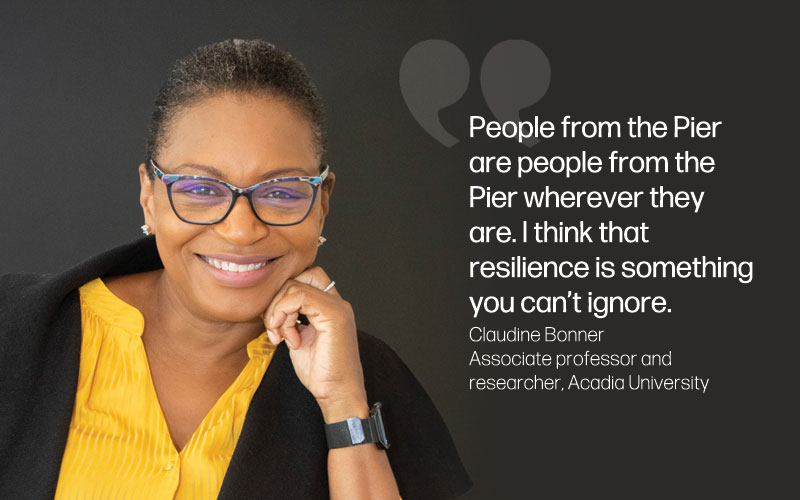Account Login
Don't have an account? Create One

For many in the Black community of Whitney Pier, a small neighbourhood in Sydney, Nova Scotia, the area is a symbol of mutual strength and empowerment.
Whitney Pier, known by locals simply as the Pier, has been home to many notable individuals… Cy McLean, the first black man to join the Canadian Musicians Union… Calvin Woodrow Ruck, an anti-racism activist and a member of the Senate of Canada… Mayann Francis, the first African Nova Scotian woman to serve as Lieutenant Governor, a position she held from 2006 to 2012… and so many others.
“People from the Pier are people from the Pier wherever they are. I think that resilience is something you can’t ignore,” said Claudine Bonner, associate professor and researcher at Acadia University. However, this legacy of resilience comes after a long and complicated history.
Back in the 1900s, thousands of skilled immigrants from the West Indies, the United States and other places were drawn to Cape Breton to work in iron and steel production. According to scholars like Bonner, despite being promised a better life in Whitney Pier, many of these workers found the opposite, which resulted in many of them working for only a short time and then leaving. She said soon after, people considered to be lower-skilled workers were brought to Whitney Pier from places like Barbados.
This was during a peak racist time in history, when things like Jim Crow laws (that enforced racial discrimination and segregation) were very much alive. Meaning, the Blacks who came to Whitney Pier did not exactly receive a warm welcome. They were even met with racism when it came to worshipping at local churches.
“While they were allowed to worship at these churches [Anglican churches in Whitney Pier], the general atmosphere was racist and they weren’t welcomed, so they were pushed out of the churches in lots of ways,” said Bonner.
But that didn’t stop the new Black community in Whitney Pier from coming together. Bonner said some continued to worship at churches like St. Albans despite the racism, while others took to creating their own space. “They formed their own church in the 1920s and that church is the St. Philips African Orthodox Church and it’s a branch of the African Orthodox church that’s housed in Harlem [New York].”
Continue reading this story: click below to login/subscribe
Login or SubscribeComment policy
Comments are moderated to ensure thoughtful and respectful conversations. First and last names will appear with each submission; anonymous comments and pseudonyms will not be permitted.
By submitting a comment, you accept that Atlantic Business Magazine has the right to reproduce and publish that comment in whole or in part, in any manner it chooses. Publication of a comment does not constitute endorsement of that comment. We reserve the right to close comments at any time.
Cancel